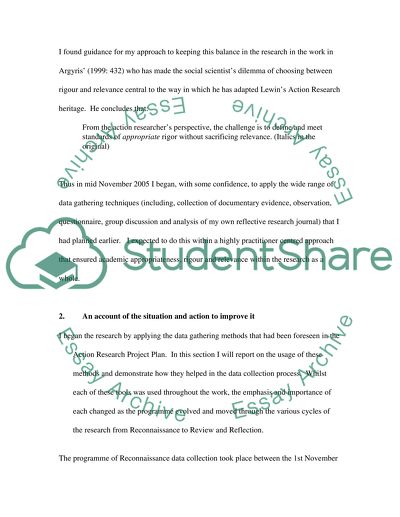Cite this document
(“Improving Participation of the Staff Meeting in a University Essay”, n.d.)
Improving Participation of the Staff Meeting in a University Essay. Retrieved from https://studentshare.org/miscellaneous/1527191-action-research-report-improving-participation-of-the-staff-meeting-in-a-university
Improving Participation of the Staff Meeting in a University Essay. Retrieved from https://studentshare.org/miscellaneous/1527191-action-research-report-improving-participation-of-the-staff-meeting-in-a-university
(Improving Participation of the Staff Meeting in a University Essay)
Improving Participation of the Staff Meeting in a University Essay. https://studentshare.org/miscellaneous/1527191-action-research-report-improving-participation-of-the-staff-meeting-in-a-university.
Improving Participation of the Staff Meeting in a University Essay. https://studentshare.org/miscellaneous/1527191-action-research-report-improving-participation-of-the-staff-meeting-in-a-university.
“Improving Participation of the Staff Meeting in a University Essay”, n.d. https://studentshare.org/miscellaneous/1527191-action-research-report-improving-participation-of-the-staff-meeting-in-a-university.


